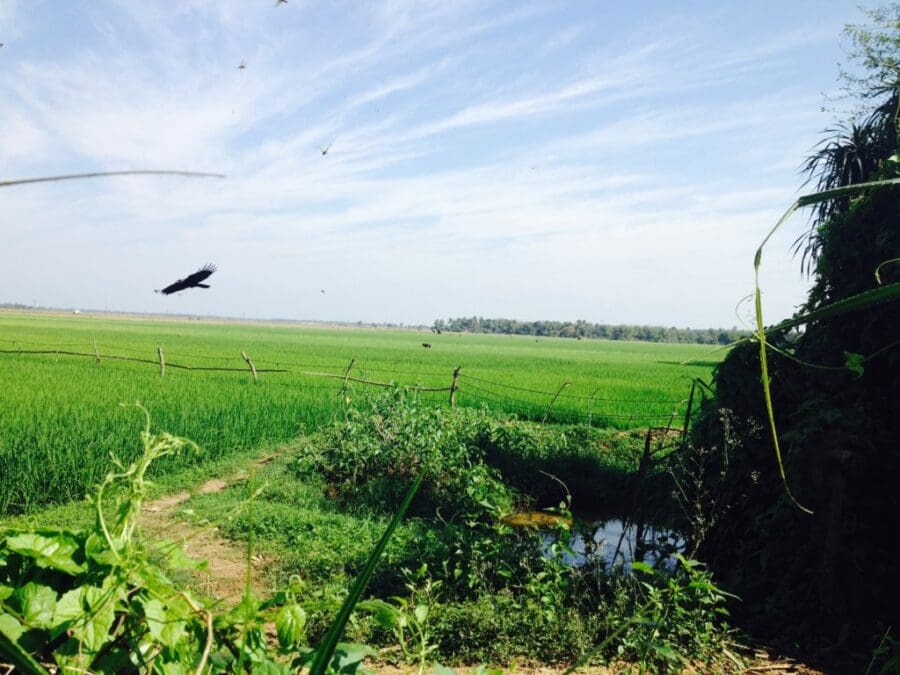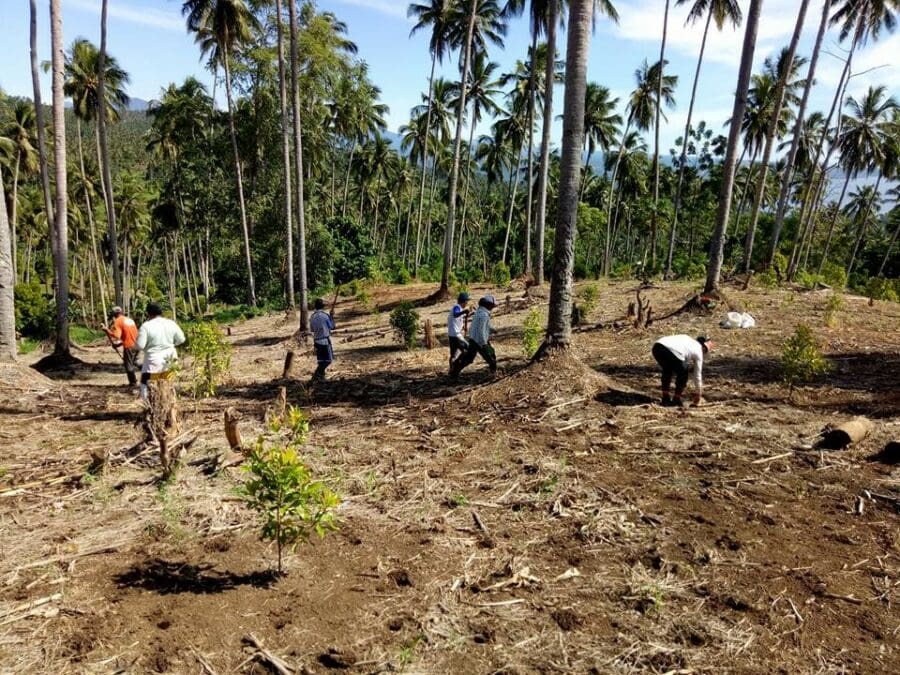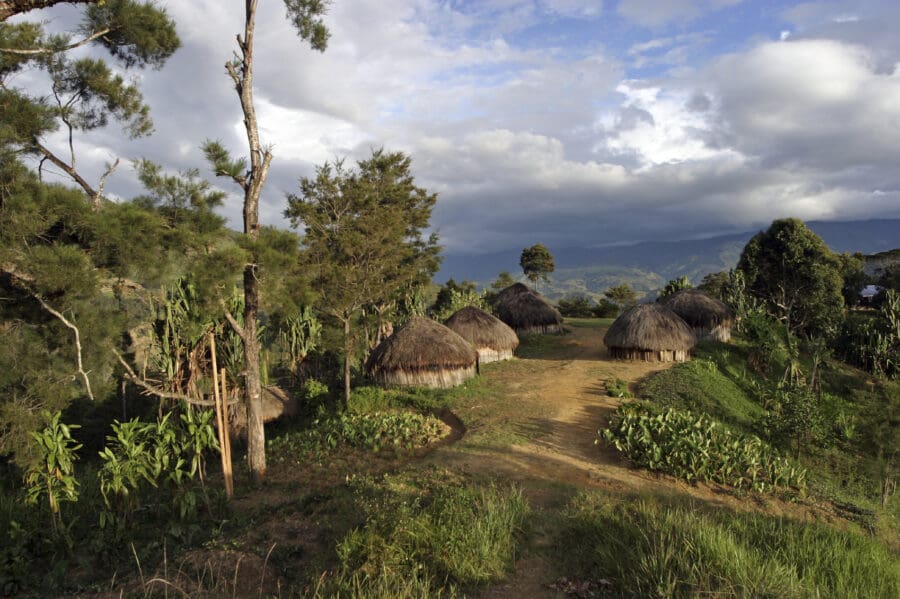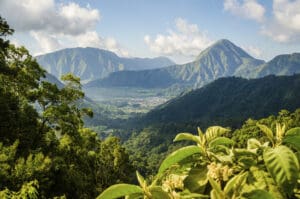It is estimated 95% of Earth’s land will be degraded by 2050. If that sounds catastrophic, consider this: 24 billion tons of soil have already been eroded by unsustainable agricultural practices. In addition, over 4 million hectares of primary forest were cleared in 2020, up 12% from 2019.
Global trade, consumption, population growth, and urbanization drive transformations that, in part, drive nature’s destruction. The World Economic Forum ranks biodiversity loss as a global top-five risk. Clearly, protecting the environment should be high on political and policy agendas—but too often environmental governance is weak and policy implementation neglected. Most governments put economic growth first, believing environmental sustainability must take a back seat.
Currently, there are two related strategies to address environmental degradation: (1) expansion of protected and conserved areas; and (2) improving the management of agricultural and rangelands. But too often, they are seen as incompatible: actors who depend upon agriculture associate conservation through protected areas with “tree huggers” and environmental activism that comes at the cost of food security and improved livelihoods. On the other hand, conservationists associate agriculture with land conversion, degradation, and biodiversity loss. While both strategies are needed, the two domains often use different language, do not interact, and publish in different arenas.
The reality, however, is that environmental and biodiversity health is inseparable from agriculture, yet their link is often undervalued.
Global supply chains and current economic systems ensure short-term farm yields remain more important than long-term sustainability, and more politically attractive than conservation.
For example, the predominantly US model of “protected areas without people” is a formal conservation approach that has been adopted across the world. This approach alienates people living in and around conserved areas from nature, as they are seen as separate from – and not as a part of – those landscapes. State-owned protected area networks can also lead to illegal land grabs resulting in lost lands, revoked access to ecosystem services, and cultural alienation for the world’s Indigenous Peoples, Afro-descendant Peoples, and local communities.
However, sustainable environmental management must incorporate secure tenure rights for local peoples to their land and natural resources as the foundation for integrated landscape management, agriculture, and conservation. These rights should be part of the solution for ending poverty, improving nutrition, strengthening gender equality and social inclusion, and addressing climate change.

Securing tenure to support environmental management
Secure tenure supports sustainable environmental management by creating incentives for climate-smart agriculture and protects ecosystem services. Tenure security should focus on the environment, as the ‘locale’ where tenure happens. It is well documented that the expansion of conserved areas as a valid strategy for addressing environmental degradation can be achieved by securing and respecting community tenure rights to lands, forests, and watersheds. Indeed, recognizing community-led conservation is a critical step toward achieving integrated landscape management.
Custodian rights and responsibilities should be strengthened so they can better protect cultural, livelihood, and conservation assets. This is essential for providing incentives and long-term benefits to invest in climate-smart agriculture. Conversely, tenure insecurity affects human well-being and environmental outcomes.
Many Indigenous Peoples, Afro-descendant Peoples, and local communities have conserved their environments for eons. Indigenous and community conserved areas (ICCAs) can redress shortcomings of formal conserved areas by placing conservation within people-dominated landscapes.
Although few ICCAs are legally recognized, they represent the world’s oldest protected areas. Other effective area-based conservation measures (OECMs), e.g., conservancies, sacred groves, or dry season grazing refuges, are important for building recognition for the effectiveness of ICCAs globally.
Promoting actions that integrate diverse resource uses demonstrates how important ecosystems are to land use and help remove incentives that support deforestation and degradation. Conserved areas link to nature, culture, and livelihoods, and are of value for protecting high biodiversity areas, preserving sanctuaries for rare species, and for restoring landscapes. Integrated landscape management requires achieving the right balance of land and water use – for which there is no silver bullet – but effective governance institutions and secure rights can result in a “win more: lose less” model for both agriculture and conservation.
Environmental management is important for agriculture, democracy, governance, and peace as landscape approaches integrate land, water, and biodiversity use, and are predicated on good governance and secure tenure. But conserved areas cannot be islands of biodiversity in seas of agriculture. Such a change in narrative calls for more practical and integrated – rather than sectoral – approaches at the landscape and farmer/pastoralist levels.
The agricultural sector needs an improved appreciation for the ecological and living nature of soils and the environment. Rewards for ecosystem services and incentives for climate-smart farming can move agriculture away from ‘food, fiber, fuel’ formulas towards more sustainable ones anchored in ‘production, water, climate, and nature.’ Focusing on landscapes, localism, and stewardship can help solve some of the problems of the networked character of landscapes: more local community action and interdisciplinarity; fewer central and siloed approaches; and more local and less national or international level economics.
The future of environmental stewardship must combine sustainable management with tenure security and local governance. Resources are more than simply the sum of their economic value.







